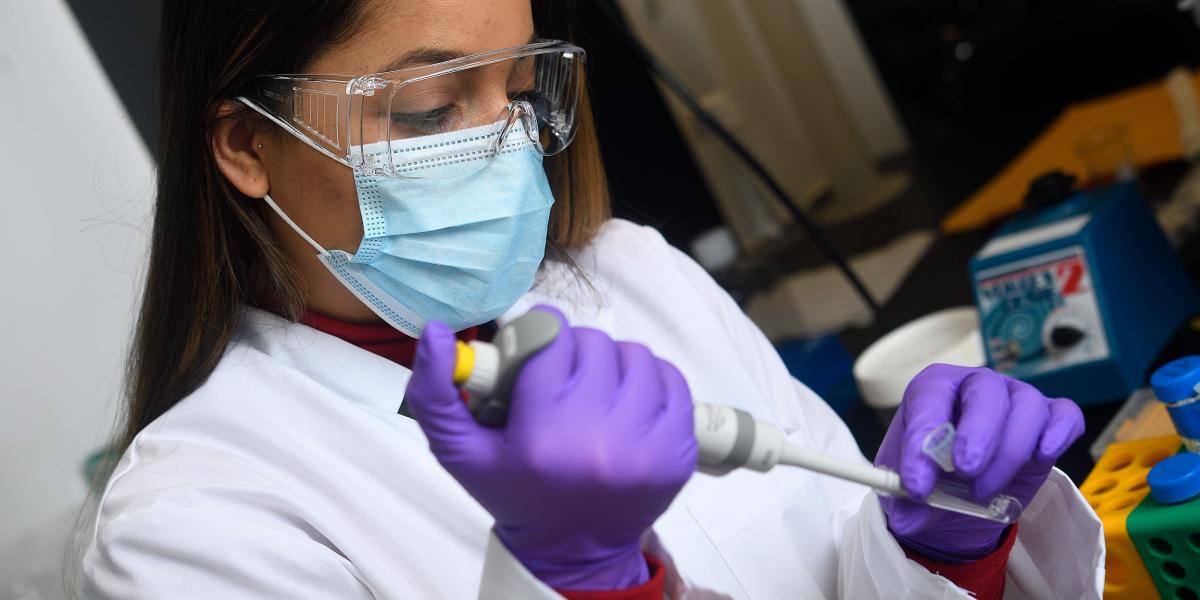Covid-19: How to Test Saliva for Antibodies
The new, noninvasive test could help guide and evaluate public health interventions.
Late last spring as the pandemic surged globally, Chris Heaney was inspired to develop a saliva test for COVID-19.
He knew that health officials responsible for communities, colleges, and large organizations need to give regular tests that gauge whether social distancing and other policies are working. He thought that a highly sensitive saliva test that detects COVID-19 antibodies could be just the ticket.
A noninvasive test that produces results in a matter of hours could provide much-needed data on how many people have been infected at the population level because antibodies will arise in both asymptomatic and symptomatic patients—and they linger longer in the body than the virus itself. This is particularly important given that the coronavirus spreads even in the absence of symptoms.
The test Heaney and his collaborators developed can also offer insights into “how antibody responses over time can be translated into improved understanding of the degree of immunity or protection” within a large group, says Heaney, PhD, MS, an associate professor in Environmental Health and Engineering.
Heaney teamed up with Emory and Johns Hopkins doctors, who sent paired saliva and blood samples taken from patients during the pandemic. Some had been confirmed to have had COVID-19.
Viruses have different proteins called antigens that produce an antibody response. The test detects antibodies to 12 known antigens—the same ones used for blood-based antibody tests. It detected several of the antibodies from all 24 participants known to have COVID-19 and who had symptoms greater than two weeks prior (enough time to let their immune systems develop antibodies). The test produced no “false positives” in the 134 samples that had been collected before the pandemic.
A May preprint paper describing the results drew interest from a range of institutions and professionals, from the U.S. Naval Academy and county governments to doctors working with Orthodox Jewish communities. (The paper was published in December in the Journal of Clinical Microbiology.)
Heaney and his colleagues are now collaborating with dozens of groups, training them in the saliva sampling technique. (The test uses a sponge rubbed along the gumline that collects saliva rich in antibodies.) He estimates they are collecting thousands of samples per week at this point, from all over the U.S.
Right now, the test is being used in research laboratories, but Heaney is engaging with the FDA in hopes of getting an emergency use authorization for clinical settings.
